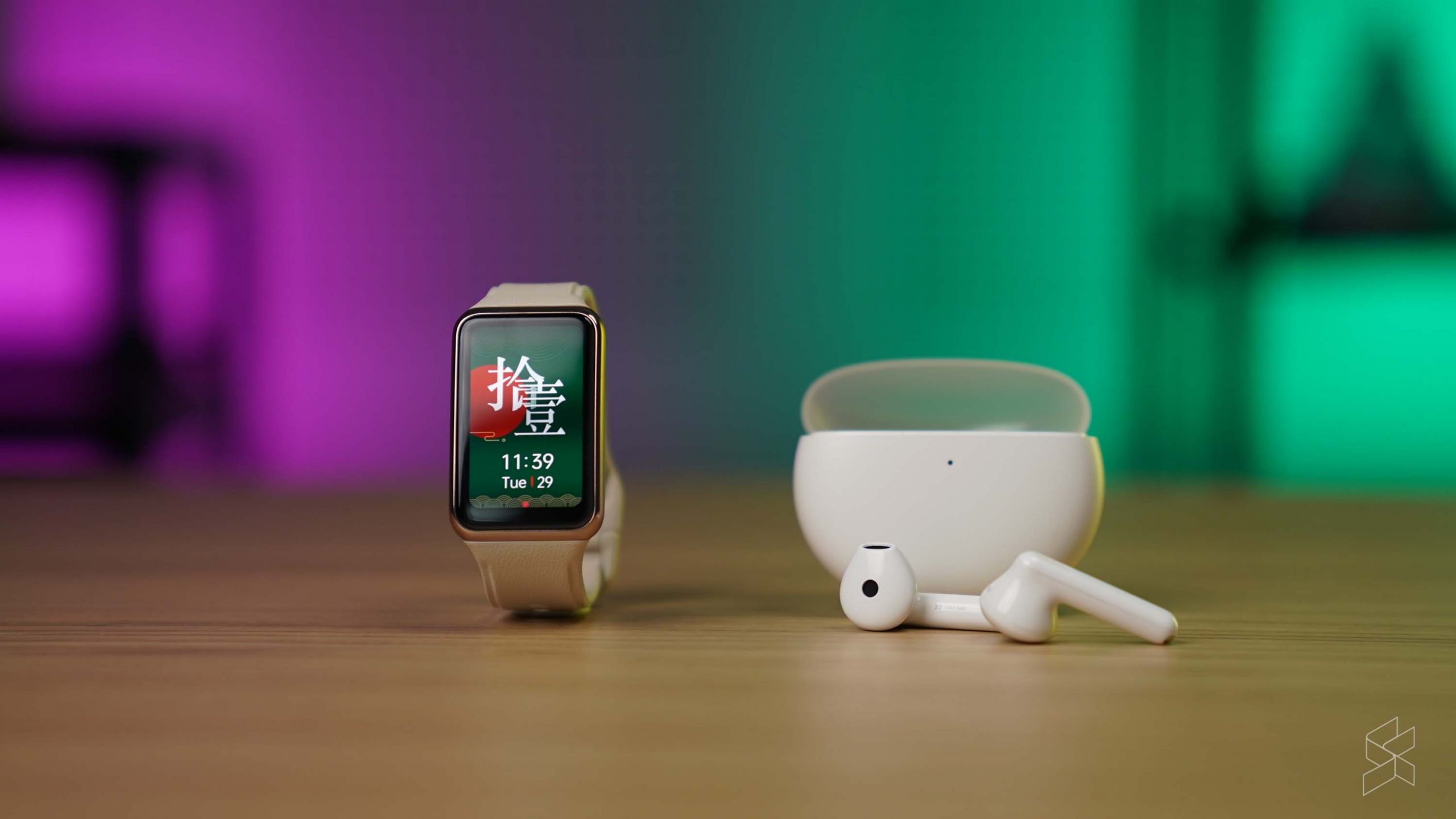I’m going to start this off with an admission, a confession even—I don’t use a smartwatch or a fitness tracker, and I prefer using regular wired earbuds over wireless ones. Which is perhaps why that makes me the perfect person to try out two of Oppo’s new accessories, the Oppo Watch Free and Oppo Enco Air 2.
I have been using them on the regular for a couple of weeks now and so far at least, one of them has been an absolute win while the other is… not exactly a stellar gadget if you ask me. But before I spoil too much about how they’ve been, let’s begin with the Oppo Watch Free.
The Oppo Watch Free looks and feels like a toy
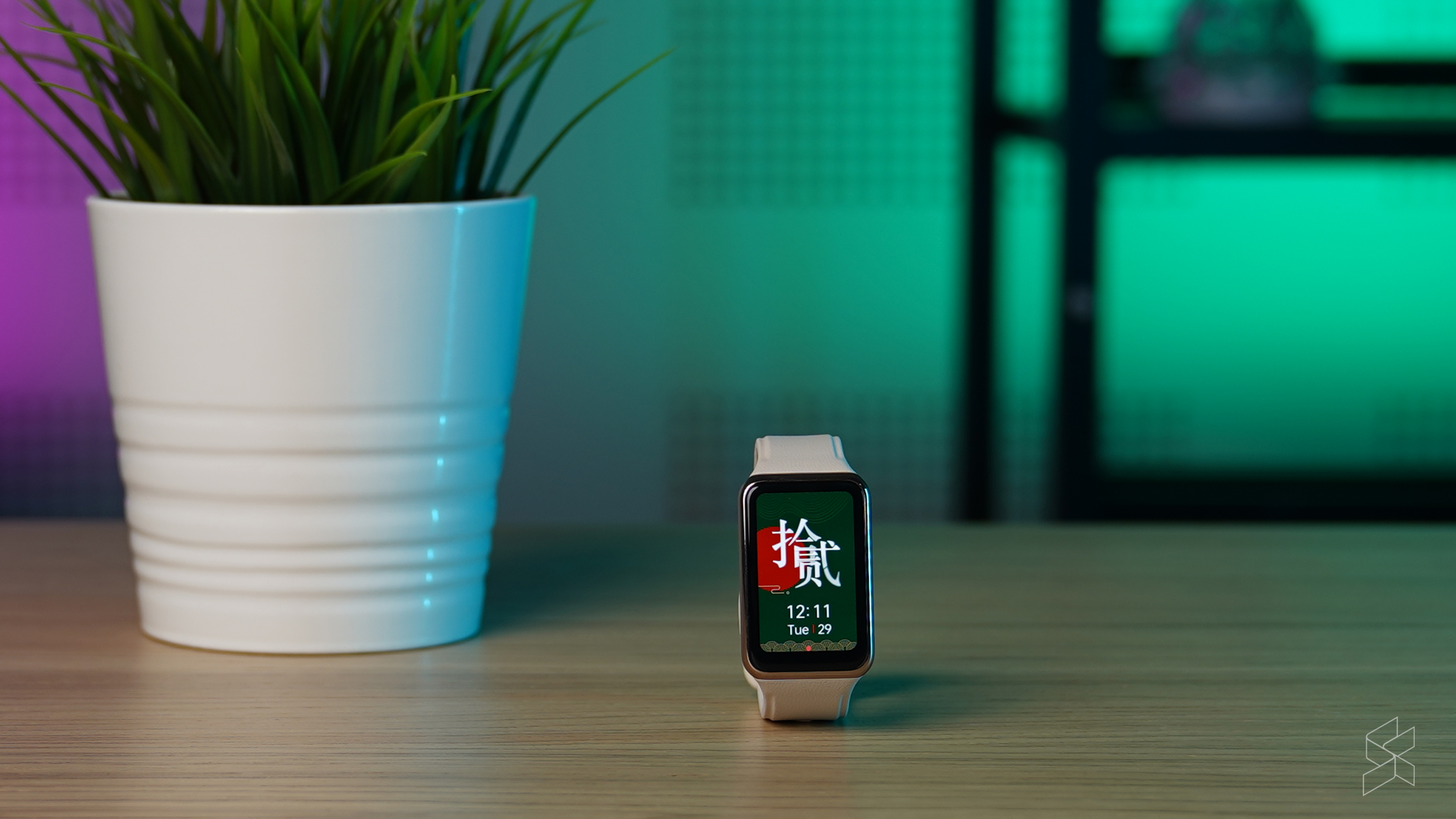
Now I am not a huge smartwatch person, as the last time I truly used a smartwatch on a daily basis was the Samsung Galaxy Watch 4 Classic that we also got to review. The Oppo Watch Free though is very much not in the same league as the aforementioned Samsung, and it’s not really a smartwatch either, but rather more of a fitness tracker.
Pulling it out of the box though, the first impressions I had of it are not great to say the least. It is extremely light at just 32.6g and the vanilla-coloured strap especially felt very cheap. Oppo is framing the lightness in a good way of course, saying that the Watch Free offers ‘an almost weightless comfort’. The 19mm wide strap is made of silicone but has a textured finish to it to mimic leather, while the buckle is plastic. Already, this didn’t feel great in the hand and when I put it on, I found that the silicone strap is actually kind of elastic, meaning that it actually stretches a fair bit to the point where I was afraid of it snapping—this is not something you should be looking for in a watch strap by the way. You can swap out the straps though if you’d like, with quick release pins on the back of the straps.
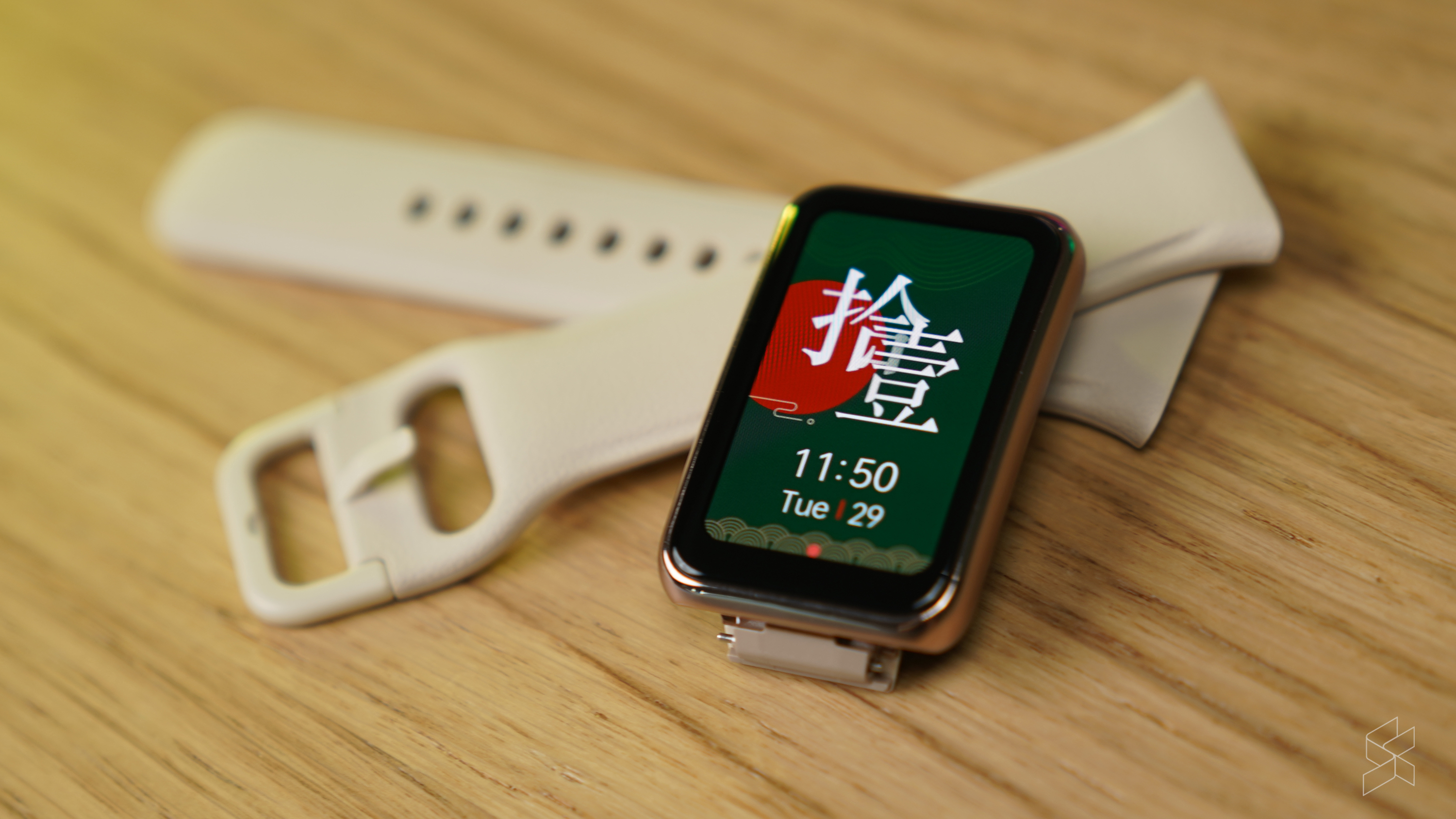
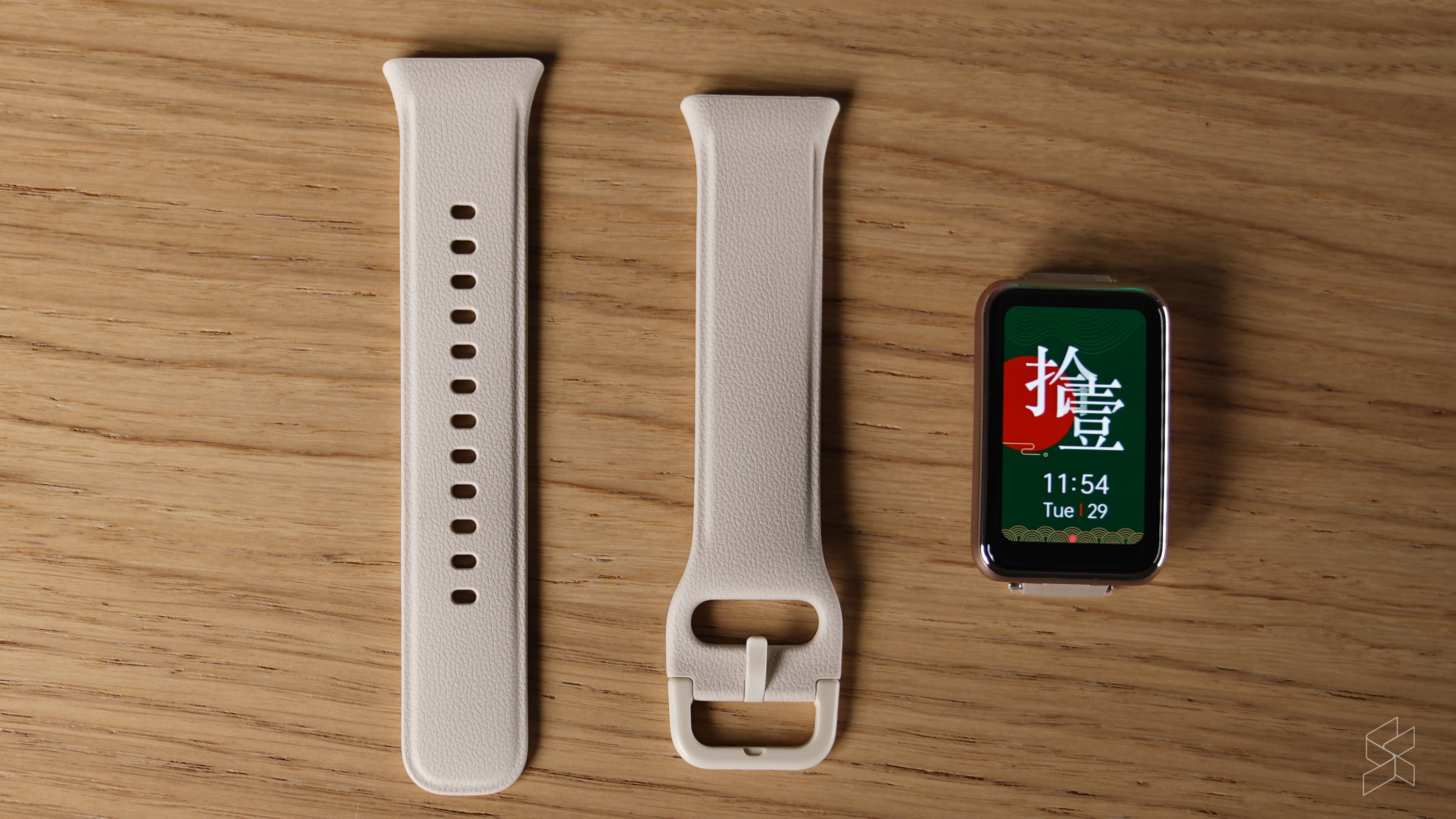
Moving on to the actual watch part of the Oppo Watch Free, the 1.64-inch AMOLED screen here has a 280 x 456p resolution and is actually pretty decent. It’s somewhat decently sized for a fitness tracker and is pretty bright too. You can choose between a number of preset watch faces here, all showing off the AMOLED display’s vivid colours. You can even download more watch faces or even have it create a new watch face by taking a picture with your smartphone which I found pretty cool. However, there’s a fairly noticeable ‘chin’ with the bezels on the display, almost reminiscent of Android smartphones from 2018. There’s no physical buttons here either, which means that to get it to boot up you actually need to connect it to the bundled magnetic charging cable to power it up. The swipe gestures needed to navigate around the Watch Free are also a little cumbersome, as it doesn’t work exactly as I intended every now and then.
It works just fine… most of the time
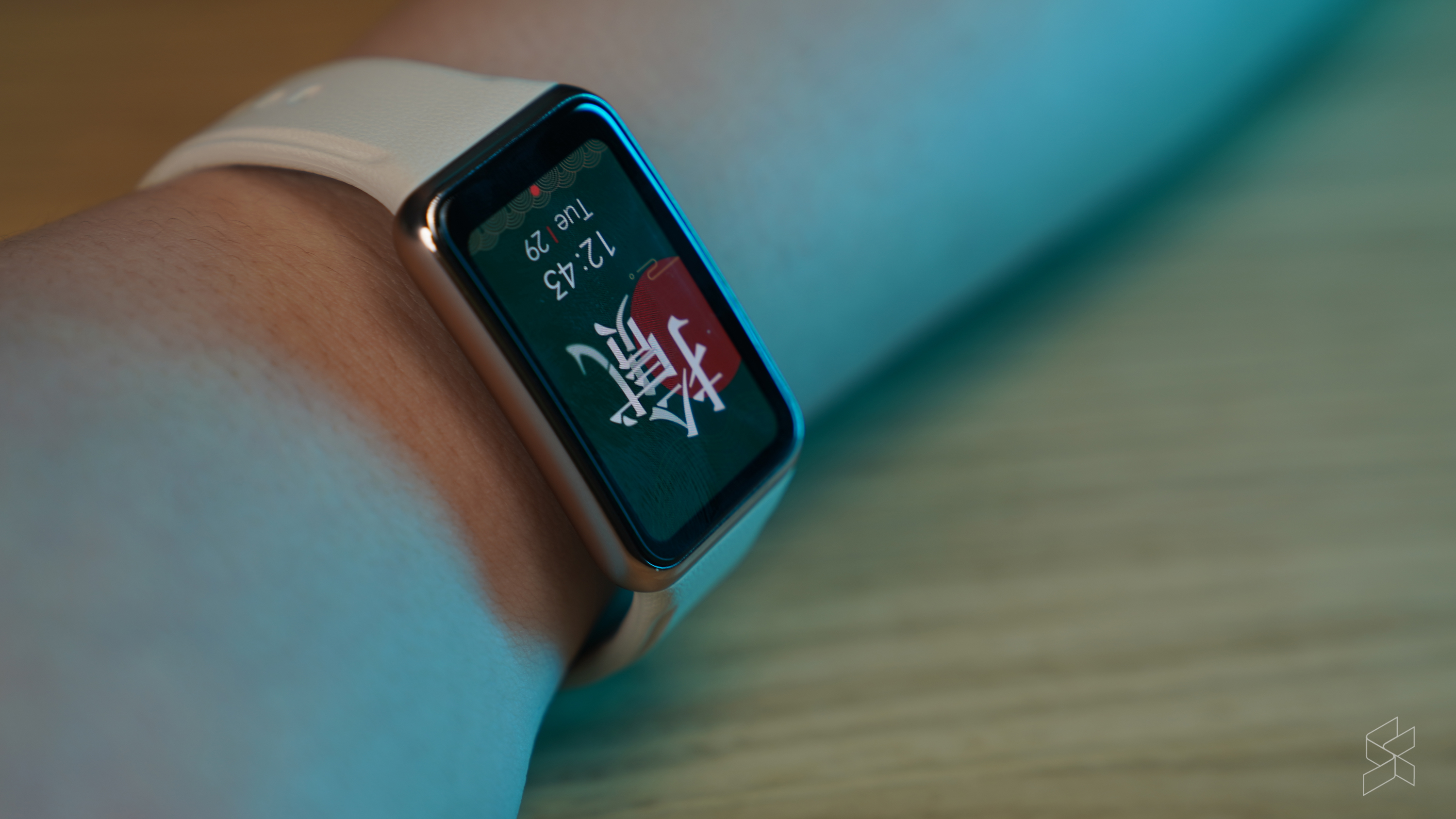
Once I had it on my wrist, it genuinely felt like it wasn’t even there sometimes because of how light it is. That may be something you’d want in your watch of course, but not me. Nevertheless, the Oppo Watch Free isn’t something you’d get anyway if you wanted to feel a watch on your wrist. You get the Oppo Watch Free because of its functionalities and features duh, which in this case is actually quite a lot. Running through what it offers, once you’ve linked it to your smartphone with the HeyTap Health companion app you can have it control your music, light up the display as a flashlight, alert you when you get a notification or a call, and act as an alarm too. Nothing too fancy of course, but these are all features you’d expect to have really on a fitness tracker and it’s good to see that it covers most of the essential ones here.
As for its exercise modes, it claims to have over 100 exercise modes to pick from covering stuff like running, yoga, rowing and even more esoteric options like archery and kayaking. Now I’m quite obviously not the more fitness-minded of people, but I did have it on when using a stationary bike and the Oppo Watch Free did track my workout just fine and I could see how intense I had been working out. It also managed to track my heart rate throughout the sessions, and even beeped once my heart rate reached too high, telling me to keep an eye on it. I should point out though that I didn’t have a medical device to track my heart rate and compare it to. Another cool feature I appreciated was the stress test, which somehow could determine how stressed out I was.
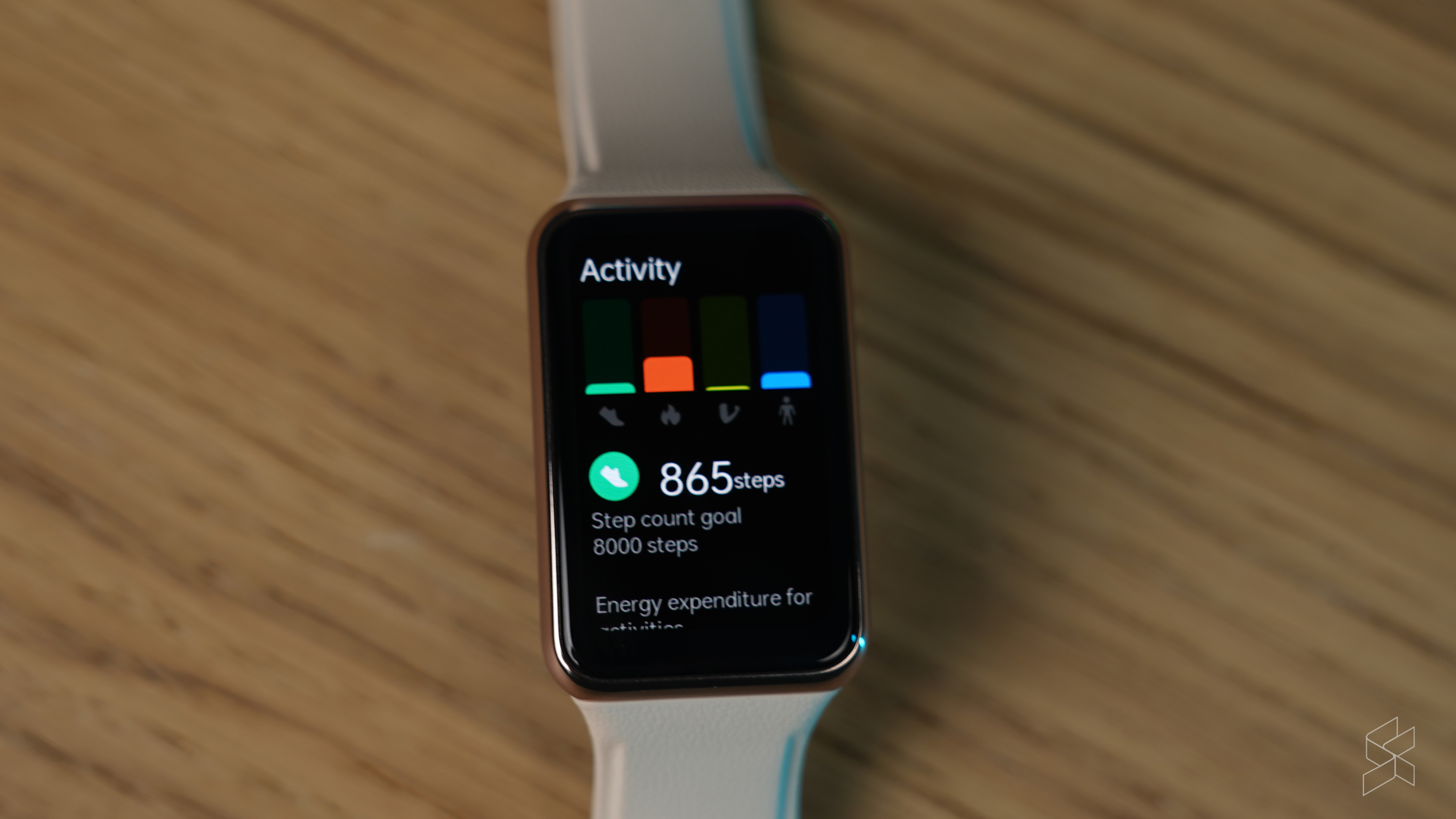
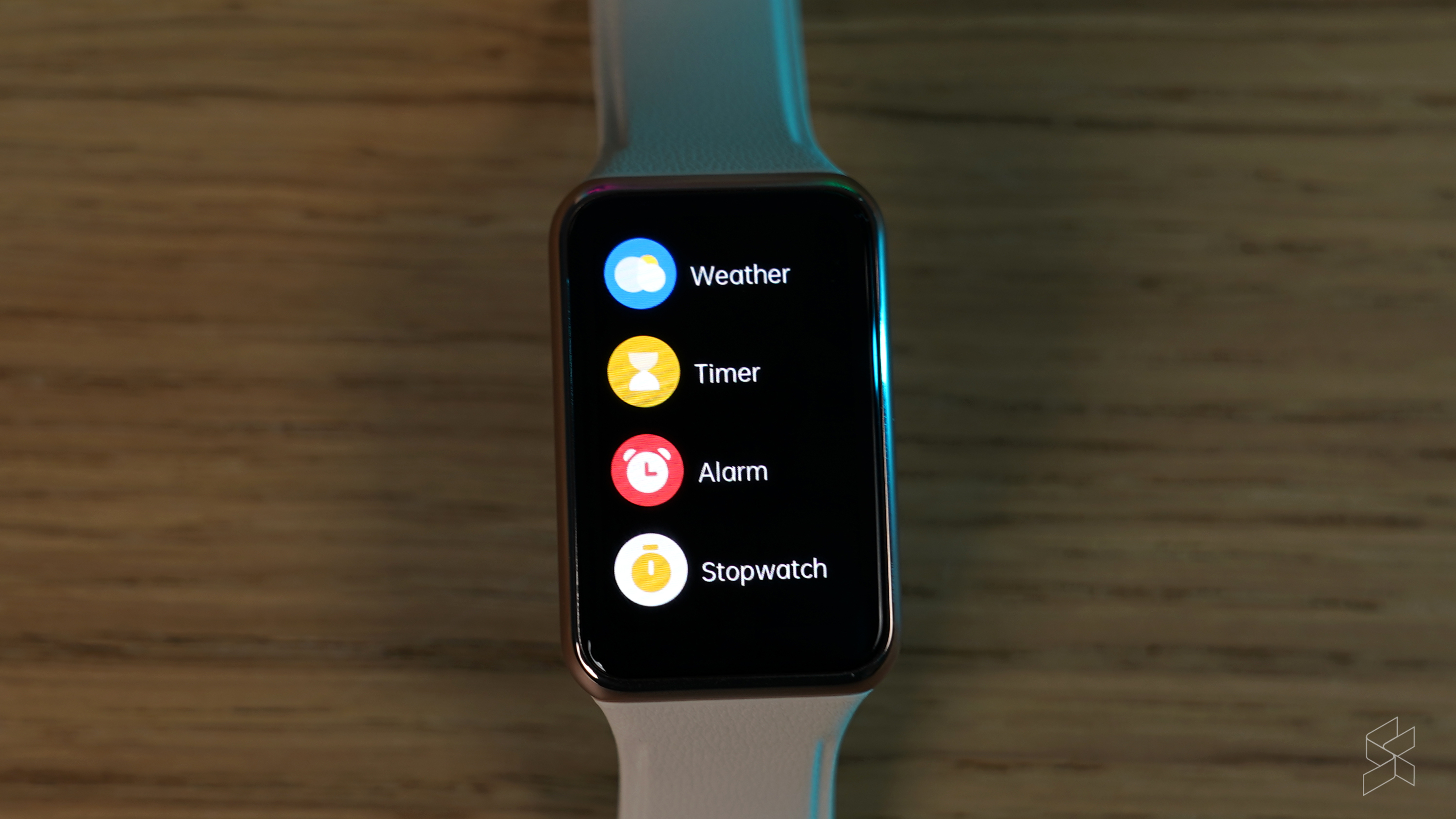
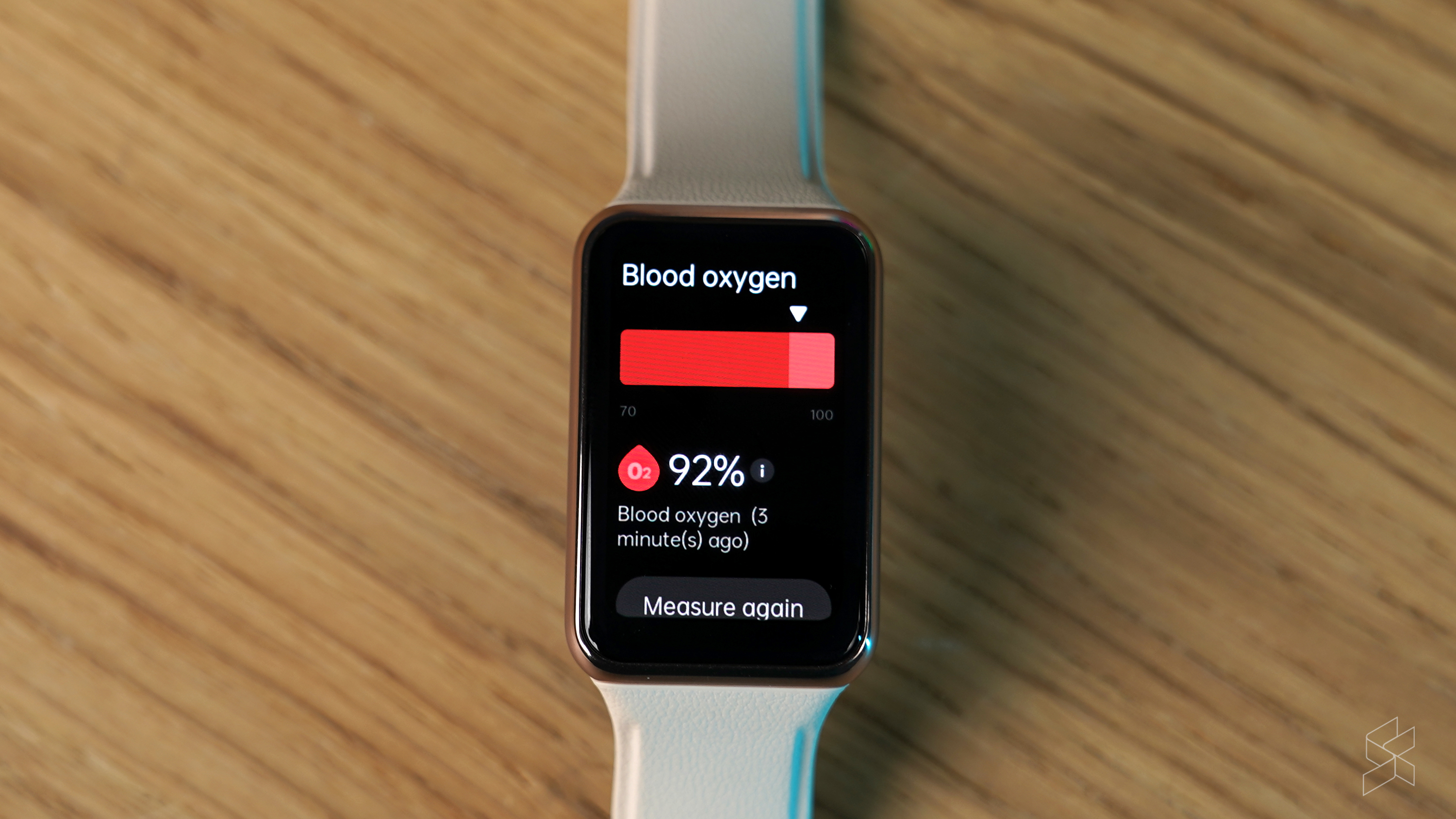
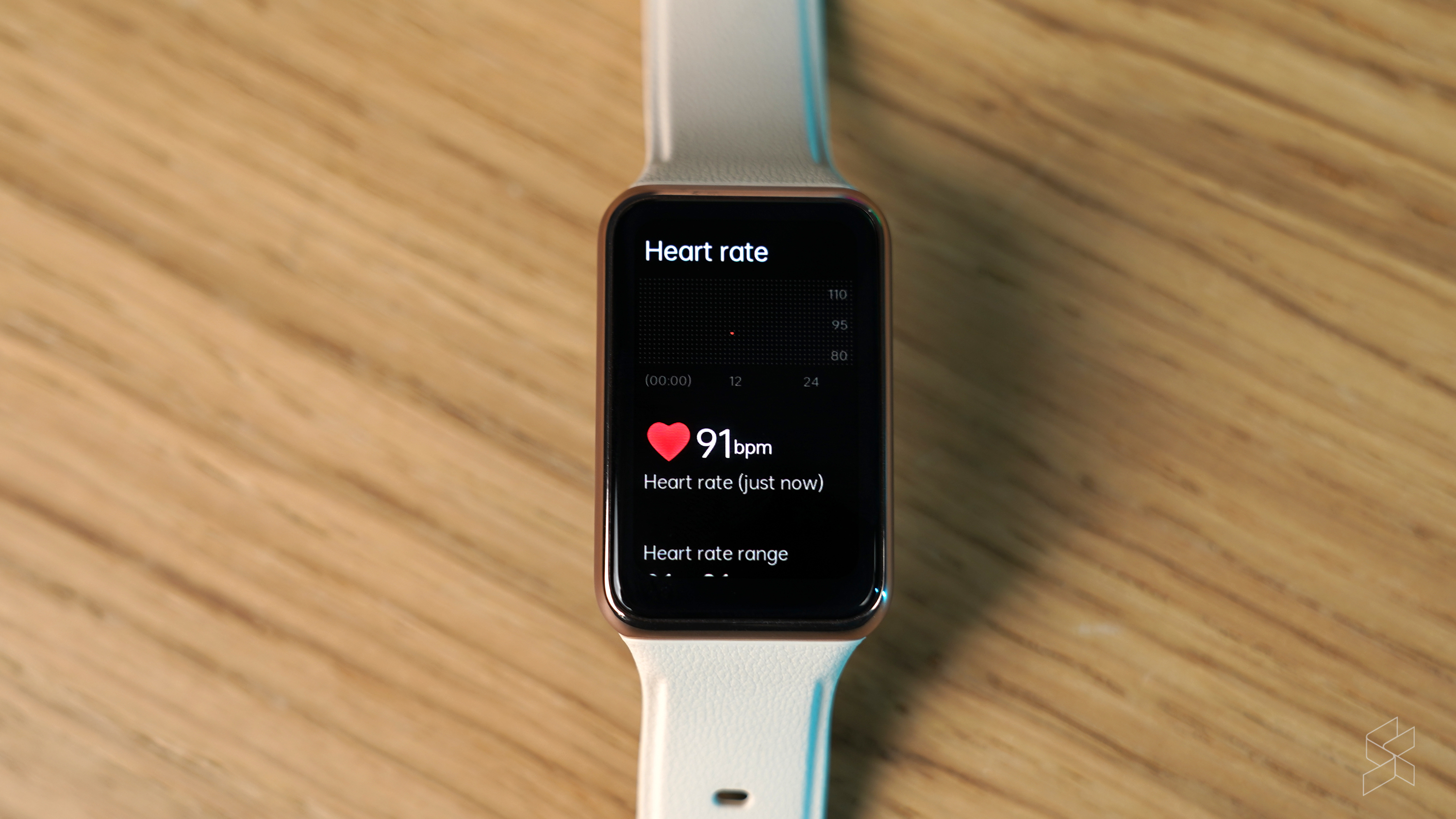
The Oppo Watch Free also has quite a lot of sleep tracking options here. You can have it tell you when you should be sleeping, and while you’re sleeping it can monitor your sleep cycles, sleep quality, total hours slept and even snore monitoring. When you wake up, you’ll then get a sleep report which lets you in on those details. In practice, it works mostly as advertised, but there were a couple of occasions where it seemed to have glitched out. For instance, one time after waking up, I took off the Watch Free as I went to the bathroom. By the time I was done bathing and got ready to head out, I grabbed my Oppo Watch Free only to find that it thought I was still asleep when I was actually up already getting a shower. And on other times, it straight up just didn’t record any sleep time, or recorded just part of it rather than the entire sleep I had. Maybe it’s just user error, but I did find these a little annoying.

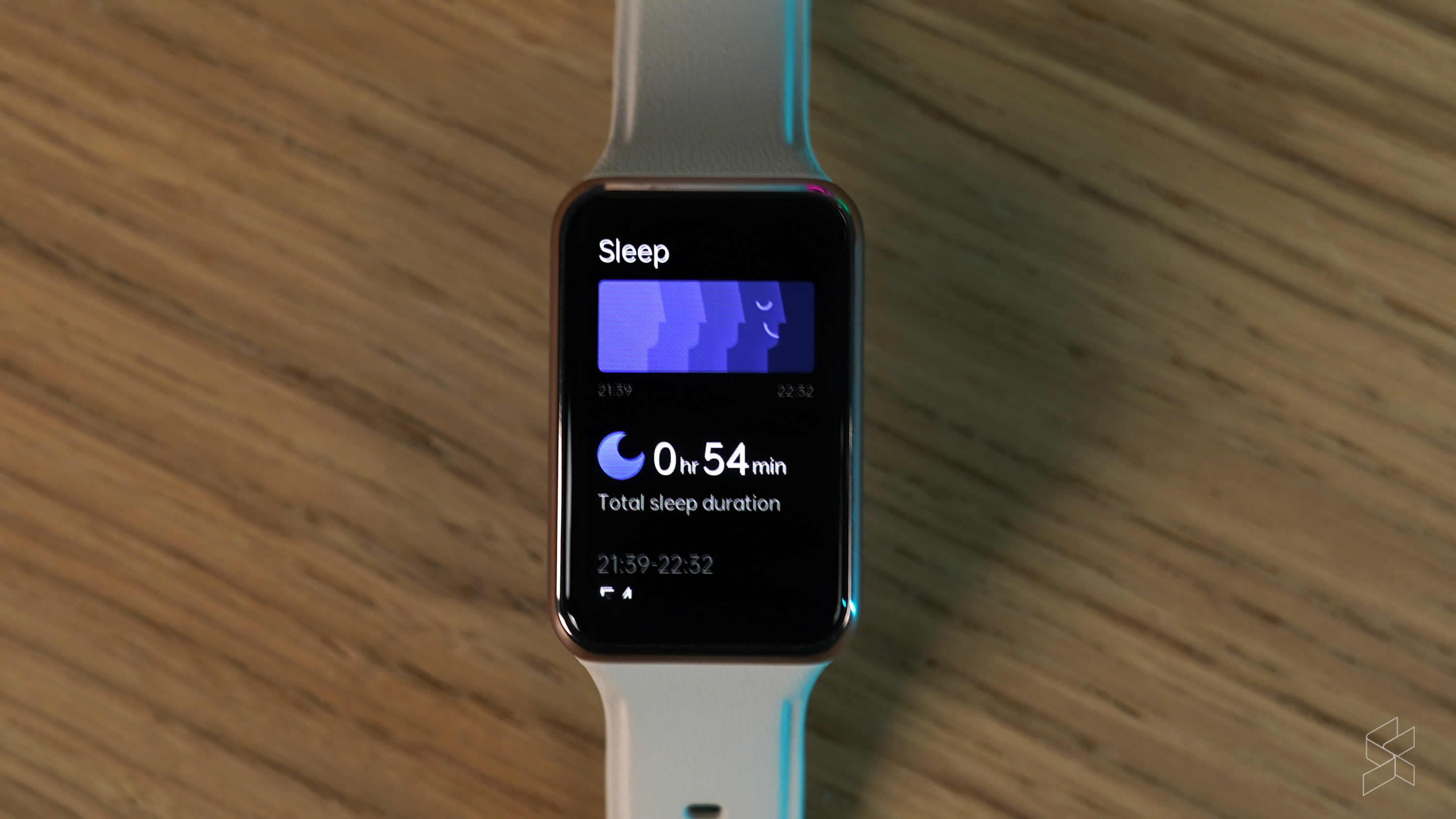
Battery though is a bit more touch and go with the Oppo Watch Free. Oppo advertises up to 14 days of battery life on a single charge with the Watch Free which I never, ever got. In reality, it was anywhere between four to six days before I needed to power it up again. That was with full connectivity to my smartphone, raise to wake on and at a pretty high brightness. I was also using it to control my music a fair bit so there’s that. You’ll perhaps be able to get more out of it if you tweaked the settings to the point where it’s barely being used, but at that point you may as well get a regular watch. Charging times are somewhat alright, taking a little under three hours to get it back to 100%.
You still shouldn’t pay this much for it

Ultimately though, it’s hard to recommend the Oppo Watch Free considering it retails for RM449. That’s just way too much in my mind for what is essentially a glorified fitness tracker. There’s just so many other fitness trackers to be had that offer much better value for money. For example, there’s the Honor Band 6 that retails for RM189 which has a 1.47-inch AMOLED display, an up to 14 day battery life, heart rate and blood oxygen level monitoring, sleep tracking and notification alerts, though you are limited to just 10 workout modes here. The Xiaomi Mi Band line is another fitness tracker that offers excellent bang for your buck, with the latest Mi Smart Band 6 going for as low as RM133 on Shopee at time of writing. It has a 1.56-inch AMOLED display and with up to 30 fitness modes too.
If you do want to get a more fully fledged smartwatch though, you will need to increase your budget a smidge for better WearOS options. The Mobvoi Ticwatch E3 is perhaps one of the better entry-level WearOS smartwatches on the market right now, and is available for as low as RM699 on Shopee. It has a 1.3-inch LCD display but crucially comes with WearOS installed, though it is only slated to get a software update to WearOS 3.0 later this year. Nevertheless, as we mentioned in our review of the Samsung Galaxy Watch 4 Classic, having WearOS onboard makes your smartwatch experience just so much better. If you want a fitness tracker, get a fitness tracker for the right price and if you want a real smartwatch, you should get a smartwatch.
As for me, once I was done with the Oppo Watch Free, I decided to stop using it on a daily basis, swapping back to my trusty ol’ Timex instead. However, as you may recall Oppo did send us two items for review. So how does the Oppo Enco Air 2 wireless earbuds fare?
Oppo Enco Air 2: Deja vu?
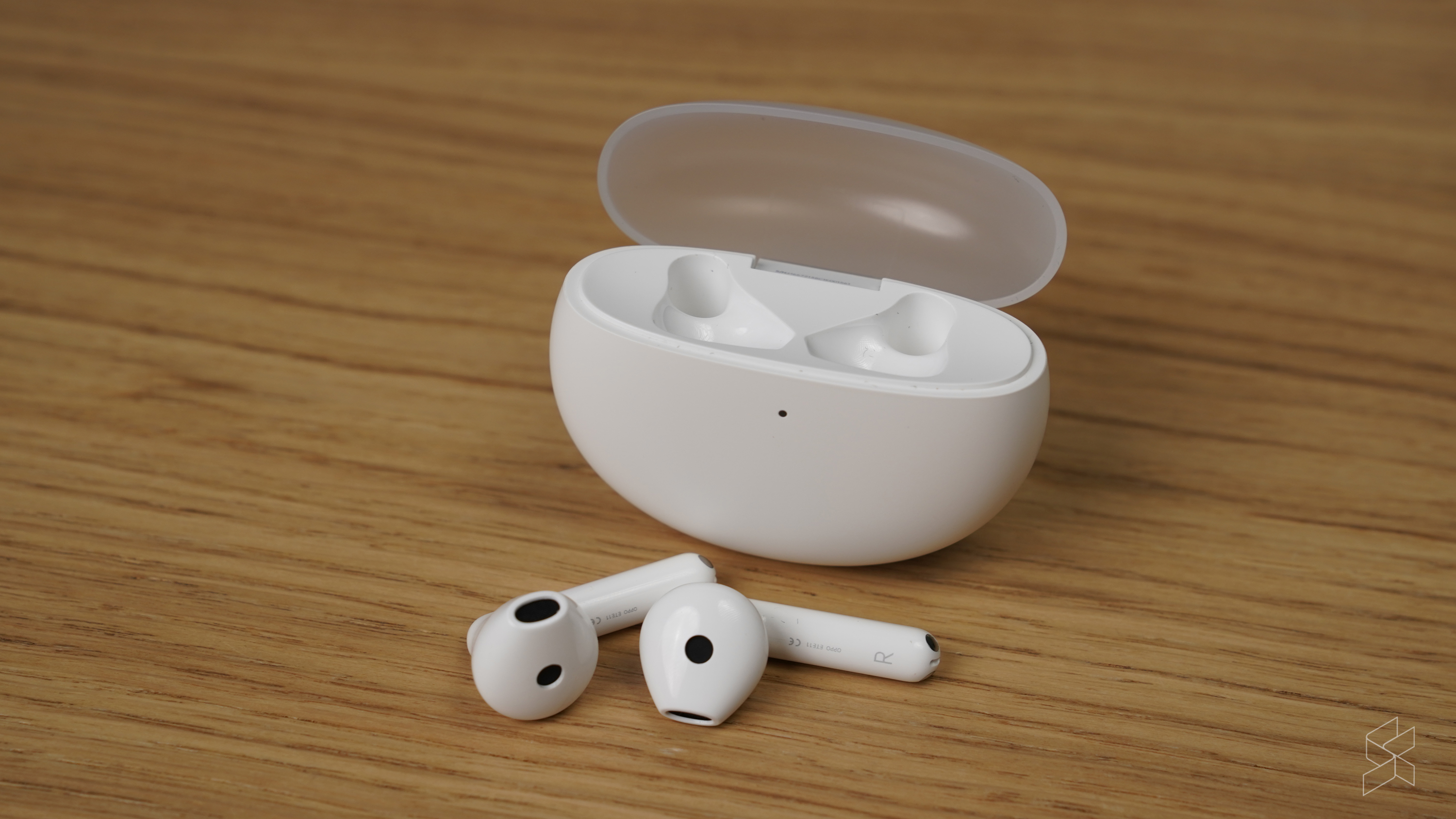
The Oppo Enco Air 2 is the sequel to the original Oppo Enco Air true wireless earphones, though you’d be hard-pressed trying to tell the difference as the Enco Air 2 has a similar pill-shaped charging case, Apple Airpods-inspired earbuds and… is that a translucent charging case top cover? Honestly, the first time I saw the Enco Air 2 I was just sort of amused by the charging case. The translucent ‘jelly case’ lid is being advertised by Oppo to had a ‘soft in-hand feel’ and—get this—lets you see inside the case to make sure you know they are there. It’s a peculiar look for sure, but it’s not a dealbreaker in any way.
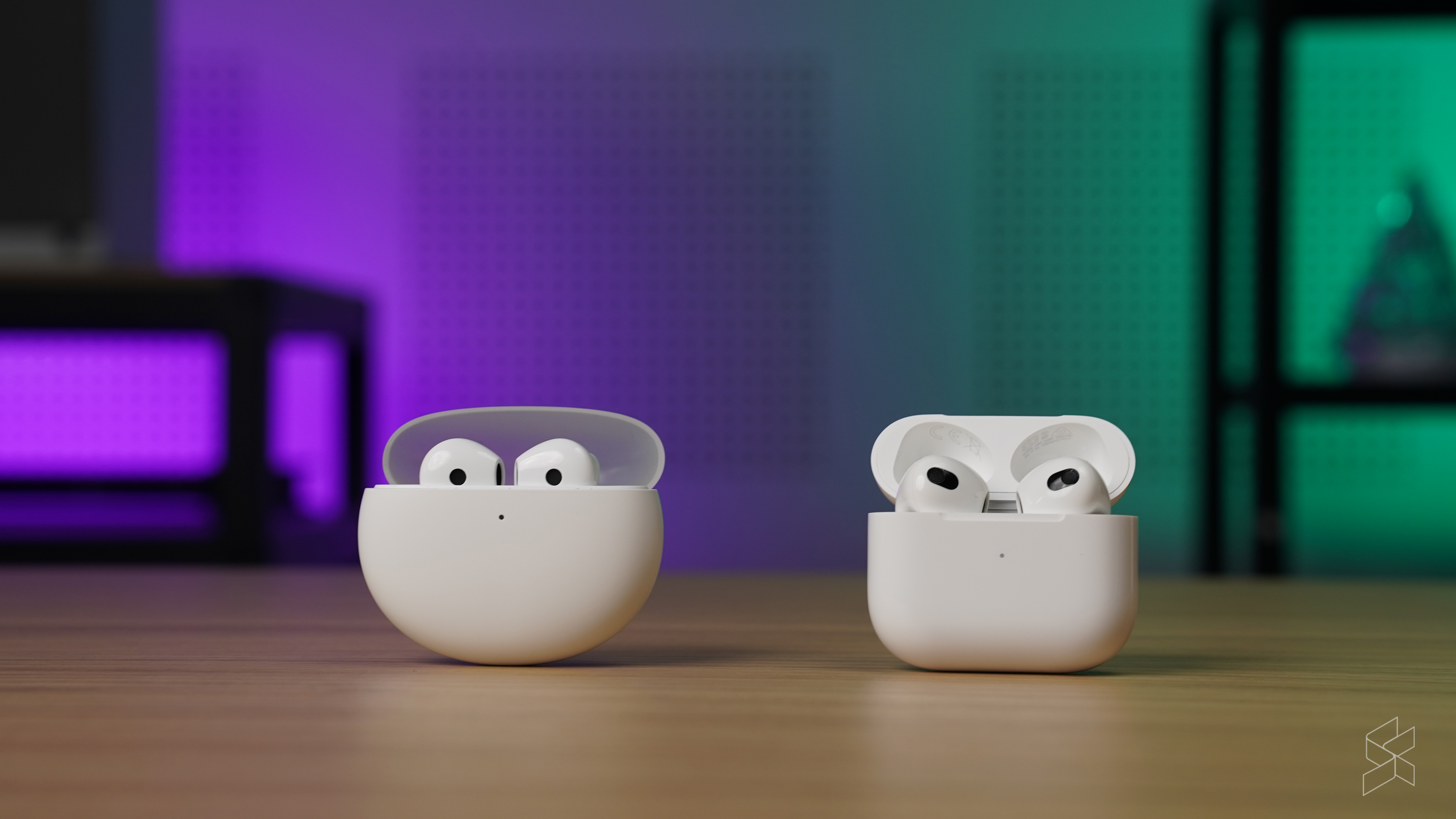
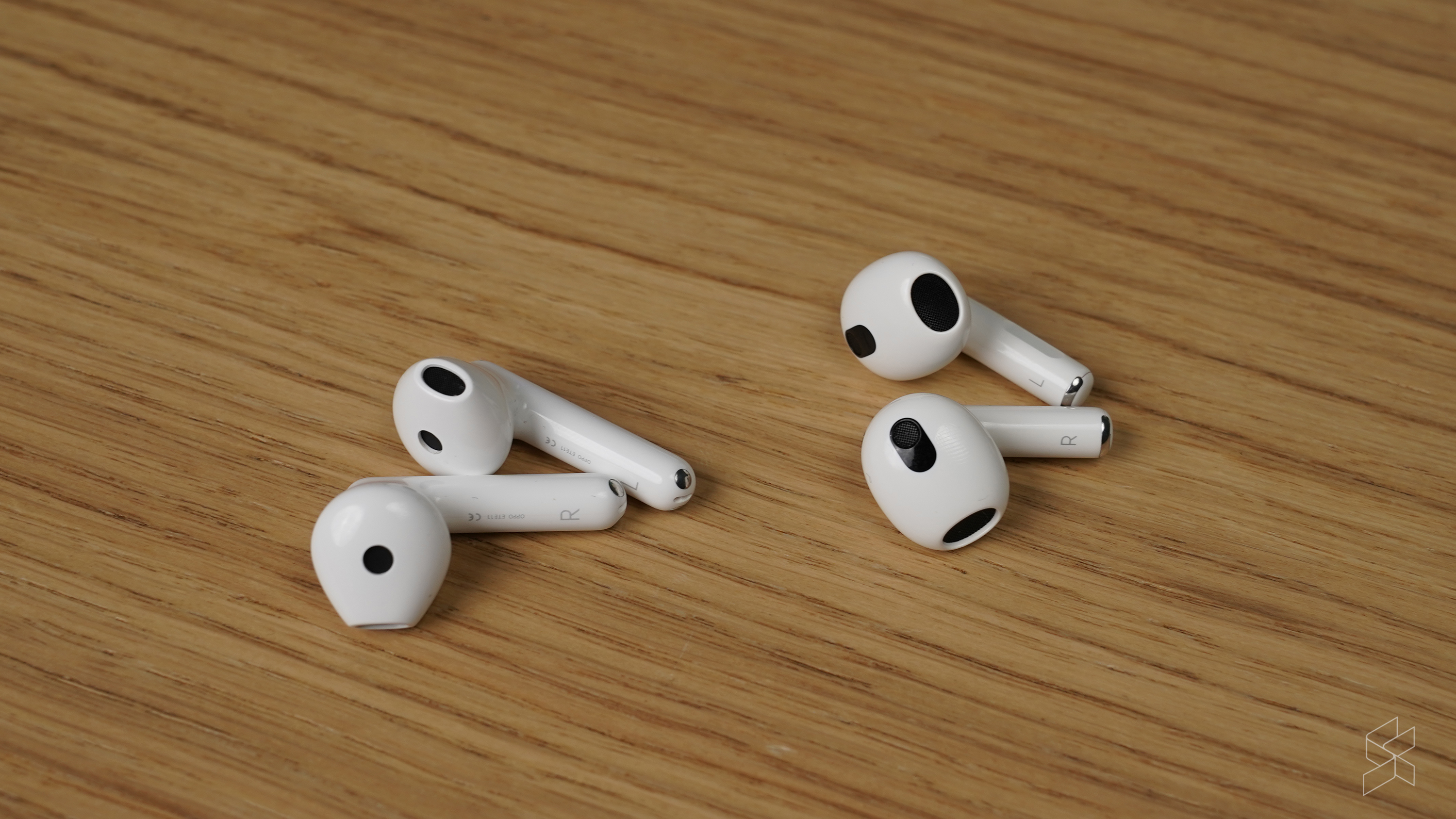
Taking a quick look at the hardware specs, there’s nothing much in particular that stands out really. There’s no active noise cancelling, and the Airpods-style hard tip design to the earbuds means that you’re not really getting a lot of passive noise isolation either. Each earbud has a 13.4mm ‘composite titanized diaphram’ dynamic driver with a 20Hz to 20kHz frequency response range and uses Bluetooth 5.2 connectivity with either the AAC or SBC audio codec. It charges with USB-C though there’s no charging cable provided with the box. They weigh just 3.5g per earbud and together with the case weigh just shy of 40g. Oppo also claims that they have IPX4 water resistance which again, it’s not much but it’s better than nothing.
But how does it actual sound like?
So once I got it powered up, I decided to pair it up and download the accompanying HeyMelody app and then I came across the first hurdle: the HeyMelody companion app on iOS does not support the Oppo Enco Air 2. Curiously, it supports the original Enco Air and the Enco Air 2 Pro but not the Enco Air 2 earbuds. Okay, fine no big deal. I downloaded the HeyMelody app on the Samsung Galaxy S22 Ultra instead and yes, it works just fine on Android. You’ll still be able to pair it to iOS devices, but you won’t be able to link it via the app. As for the fit and finish, each earbud fit fine in my ears and the stems aren’t overtly long or anything like that either. In fact, you could probably have them in your ear and have people think you’re actually just using Apple Airpods too.
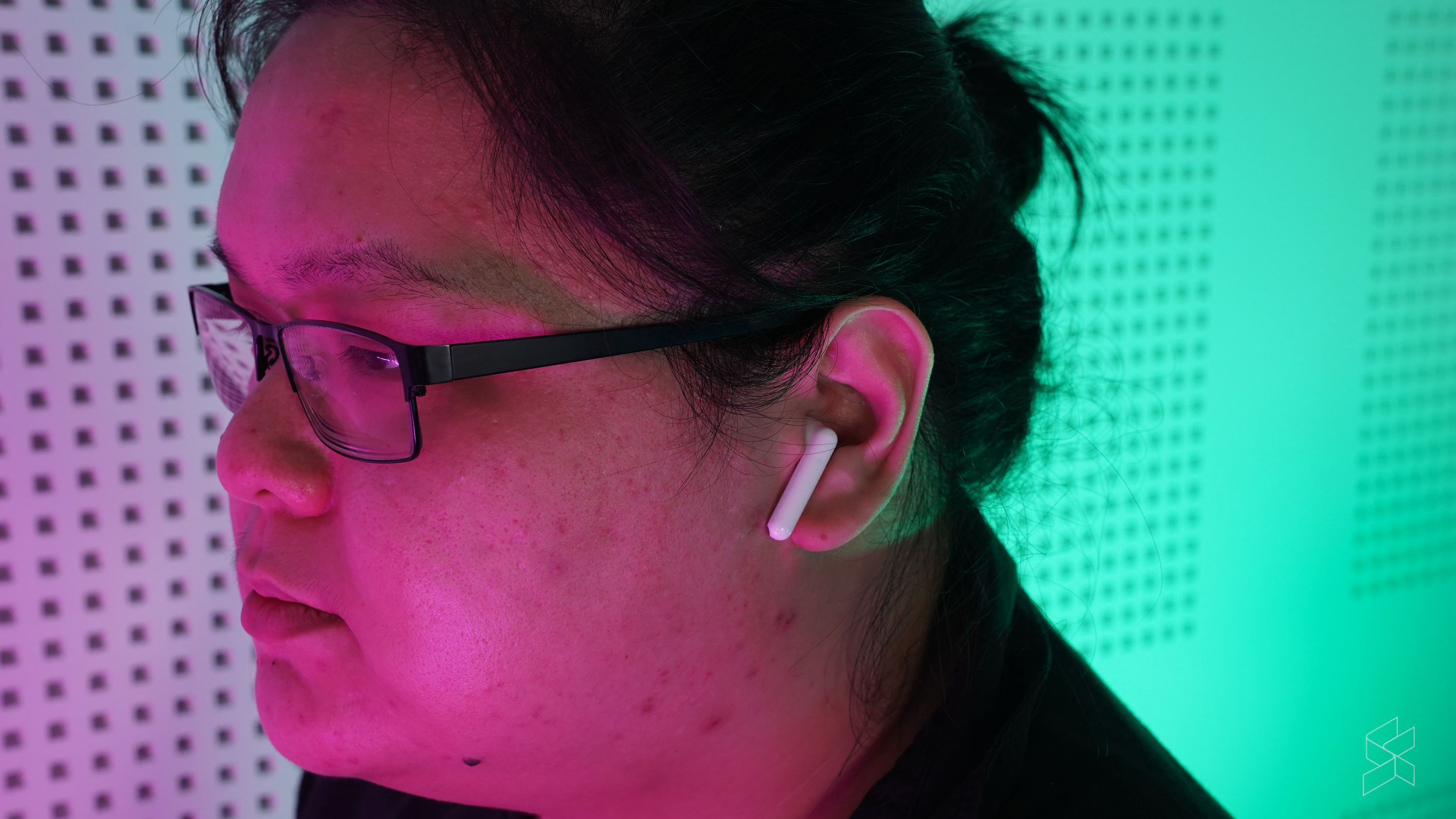
When it comes to using it to listen to music, the earbuds are… mostly fine. They have a somewhat narrow sound stage by default and don’t offer much when it comes to the details and ‘oomph’ in the bass. Things get much better though once you head over to the HeyMelody app and change the Enco Live sound effect from ‘Original Sound’ to ‘Bass Boost’. You immediately get a wider sound stage with a much more rich and fuller sound. Listening to The Adventures of Rain Dance Maggie by Red Hot Chili Peppers, I get the full range of Flea’s bass while not totally overpowering the rest of the song. If you’re a basshead you’ll certainly prefer having it in this mode compared to the original settings and I think with it on, it sounds very good.
There’s a third ‘Clear Vocals’ setting here too, though it arguably sounds the worst among the three, providing a very flat sound that seems to try and get the vocals clearer, but in reality makes the audio sound quite muted. And in songs that feature no vocals like Crab Rave, you’re basically listening to a more muted version of the Original Sound mode.

There’s a Game Mode option too, which better syncs the audio and video and provides lower latency. I do notice a little bit of latency even in YouTube videos when Game Mode is turned off, and having it on makes it much more bearable, almost unnoticeable even. As for when I’m actually gaming, it certainly works as advertised. That little bit of desync when Game Mode is off can get quite annoying, especially in games where audio is important such as Apex Legends Mobile. I also didn’t really notice any discernable dip in audio quality when Game Mode is on compared to off, so I basically have it on the whole time. Microphone quality meanwhile is just okay, as it’s certainly usable for calls and such but you won’t want to use it for streaming or anything like that.
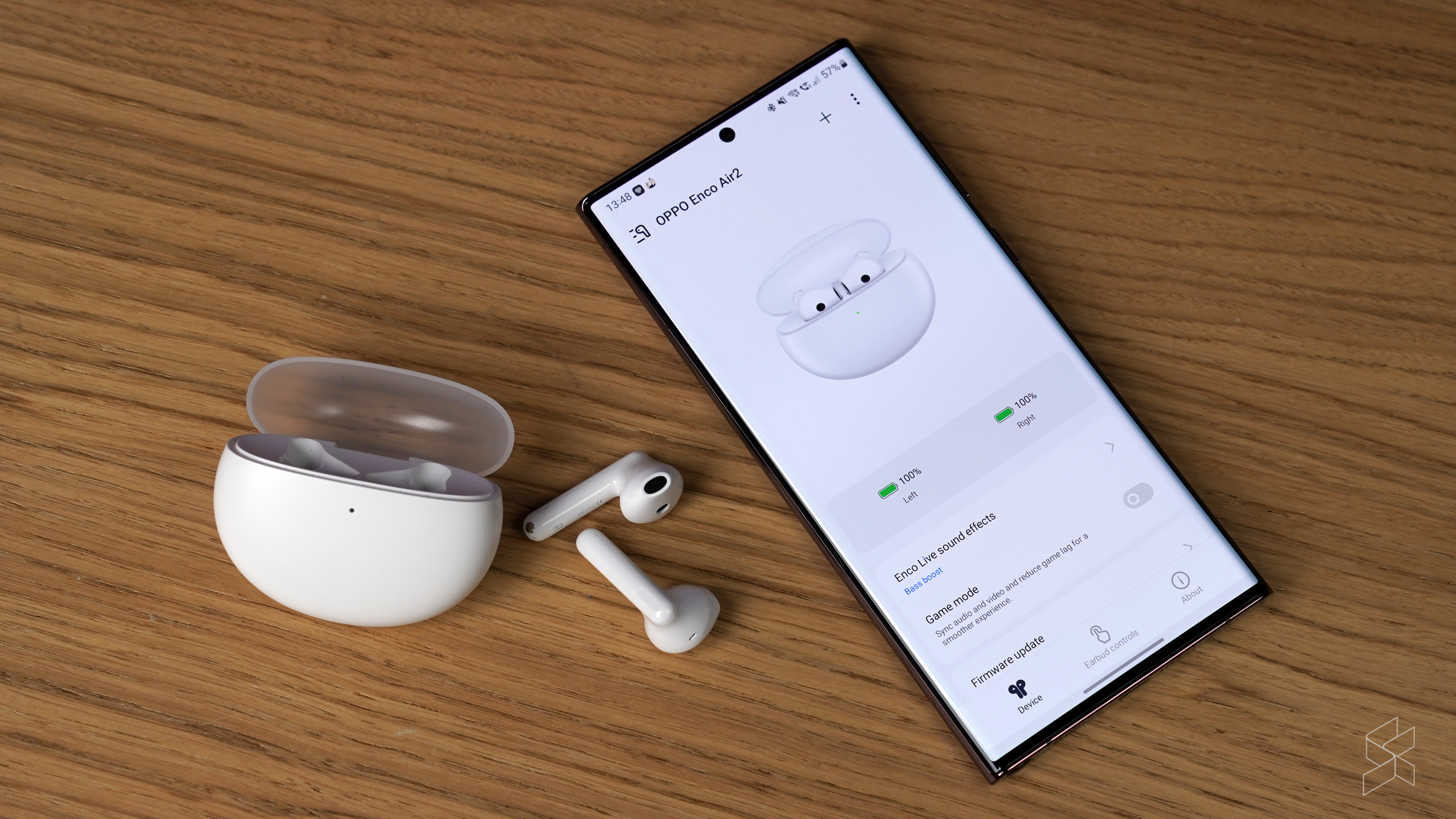
What I didn’t like though was the touch controls on the Oppo Enco Air 2. You touch and hold on the left to reduce the volume, and doing so on the right increases the volume. Double tapping it by default meanwhile lets you skip to the next track and/or answer calls. The HeyMelody app also lets me further customise these controls, allowing me to choose double tapping the left or right earbud for instance as play/pause and the other into select previous song. It also lets me choose what triple tapping does, which can be either bringing up the voice assistant or toggling Game Mode. However, for the most part I found that the touch controls are way too sensitive, meaning that even when I’m lying on my side in bed, it will accidentally trigger and suddenly just lower or increase my volume. The double tap controls meanwhile are pretty clunky and don’t always work as intended.
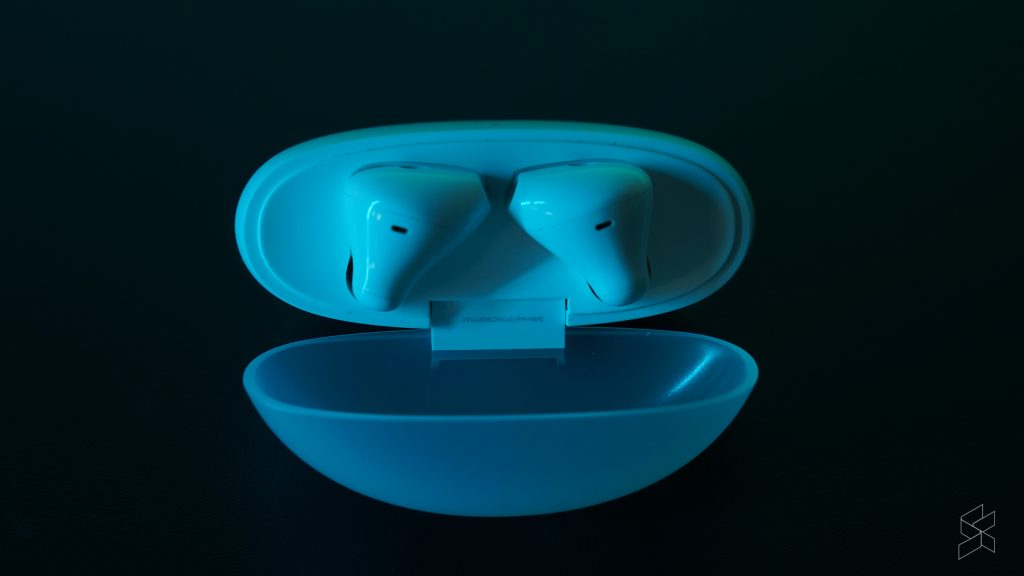
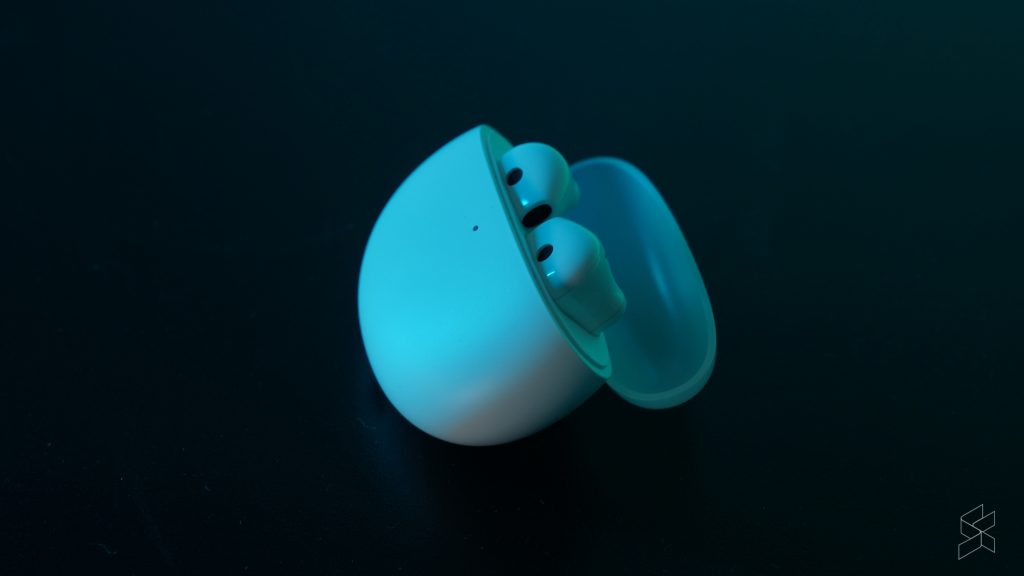
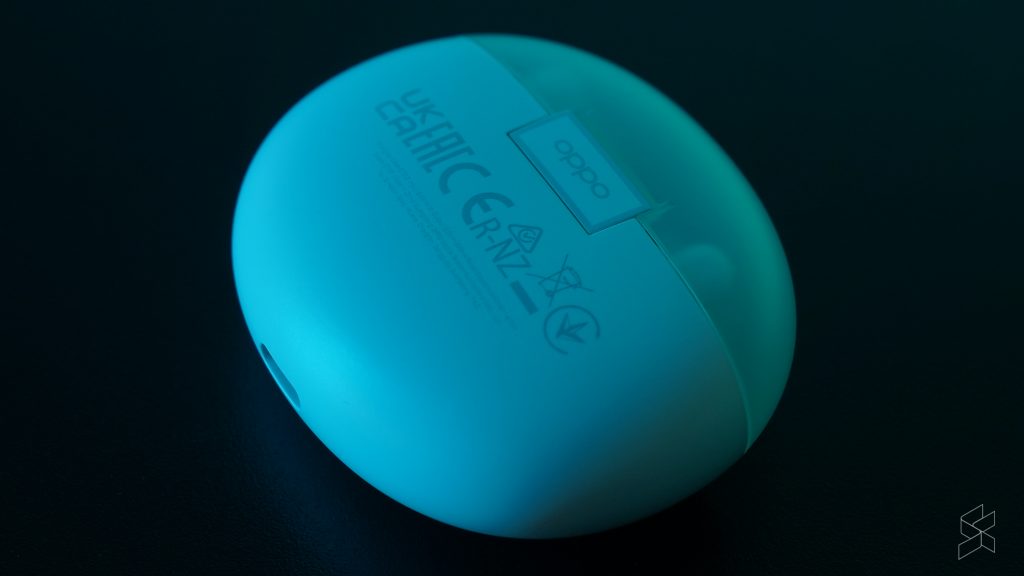
Battery life meanwhile is fine but not particularly great. Oppo advertises 4 hours of listening time when using the earbuds, with another 24 hours of charge from the charging case. I was able to get somewhat close to those numbers, with over three hours of use with the earbuds alone and with the charging case getting me another four and a bit charges for the earbuds for around a total of 18 hours. I had the volume up to around 60% most of the time and with Bass Boost and Game Mode on though; with those settings off you may be able to stretch it a bit more.
They’re a solid pair of earbuds at a reasonable price
Overall, I’m a fan of the Oppo Enco Air 2. They retail at RM249 so they’re certainly not the cheapest true wireless earbuds out there, but the sound quality you’re getting from these hard tip earbuds are actually quite decent. I mean sure, they can’t compete with the more premium TWS earbuds out there like the Jabra Elite 7 Pro for instance, but the Oppo Enco Air 2 is certainly one of the better hard tip earbuds at this price point.
If you need one that’s much better there’s of course the Apple Airpods, with the 3rd generation ones priced at RM829—these also obviously work seamlessly with iOS devices, something the Oppo Enco Air 2 failed out right out of the gate. But for just over a third of that price tag, the Oppo Enco Air 2 are punching above its weight class for sure. Alternatively, if you seek one with ANC at this price point, there’s also the Honor Earbuds 2 Lite that launched at RM299.
And as for Oppo’s accessories in general, well, you win some you lose some right? The Oppo Watch Free simply doesn’t bring anything new to the table and when you’re priced that high for a fitness tracker, it’s hard to recommend over fan favourites in value town like the Mi Smart Band 6. The Oppo Enco Air 2 though is much better, as despite some negatives like subpar touch controls, the audio quality to me at least is pretty decent. In fact, I still carry a pair of these around, despite not having regularly used wireless earbuds prior to this. Has it fully converted me yet? Probably not as I also carry a pair of wired earbuds with me, but it was certainly good enough to convince me to bring it along with me now.

